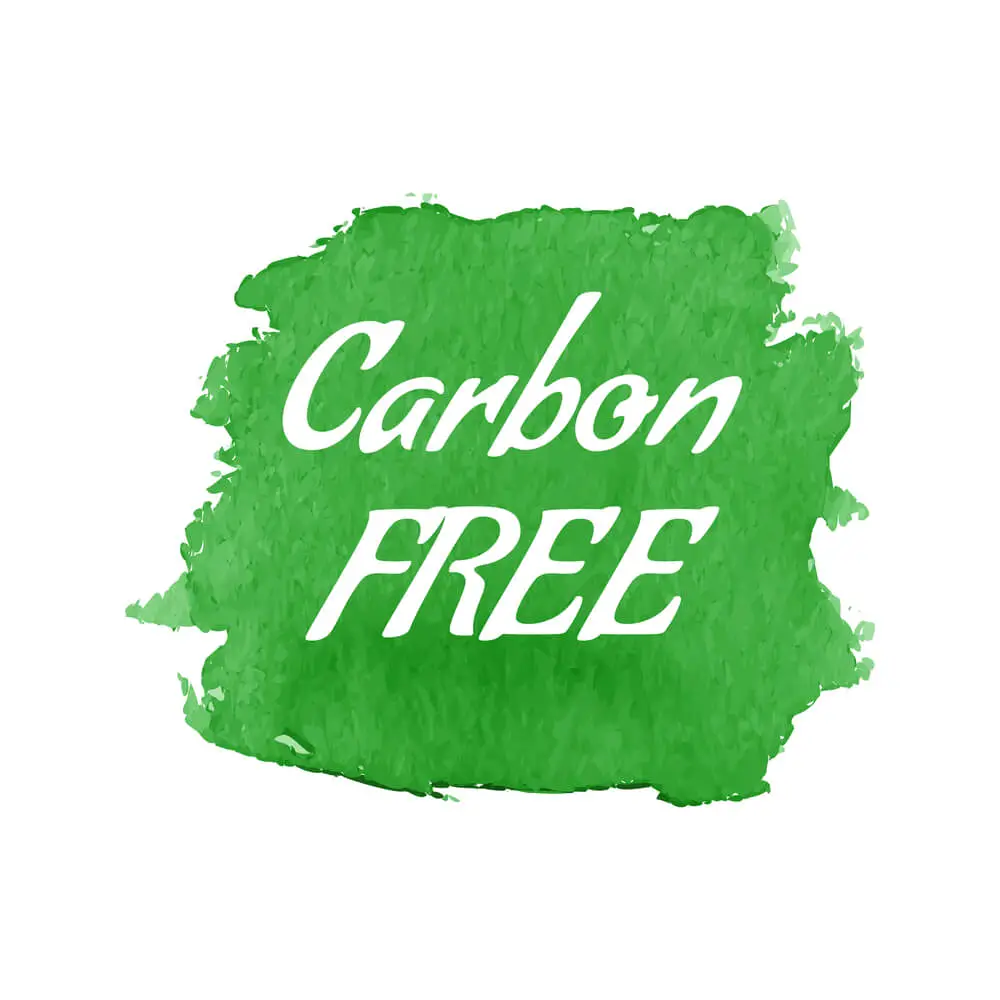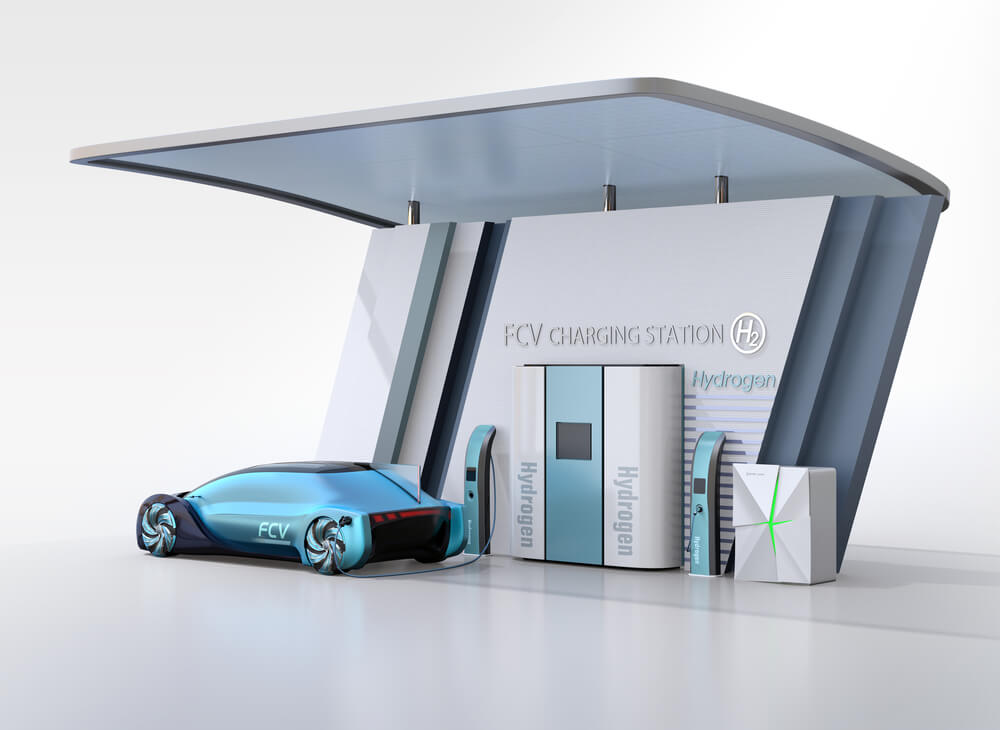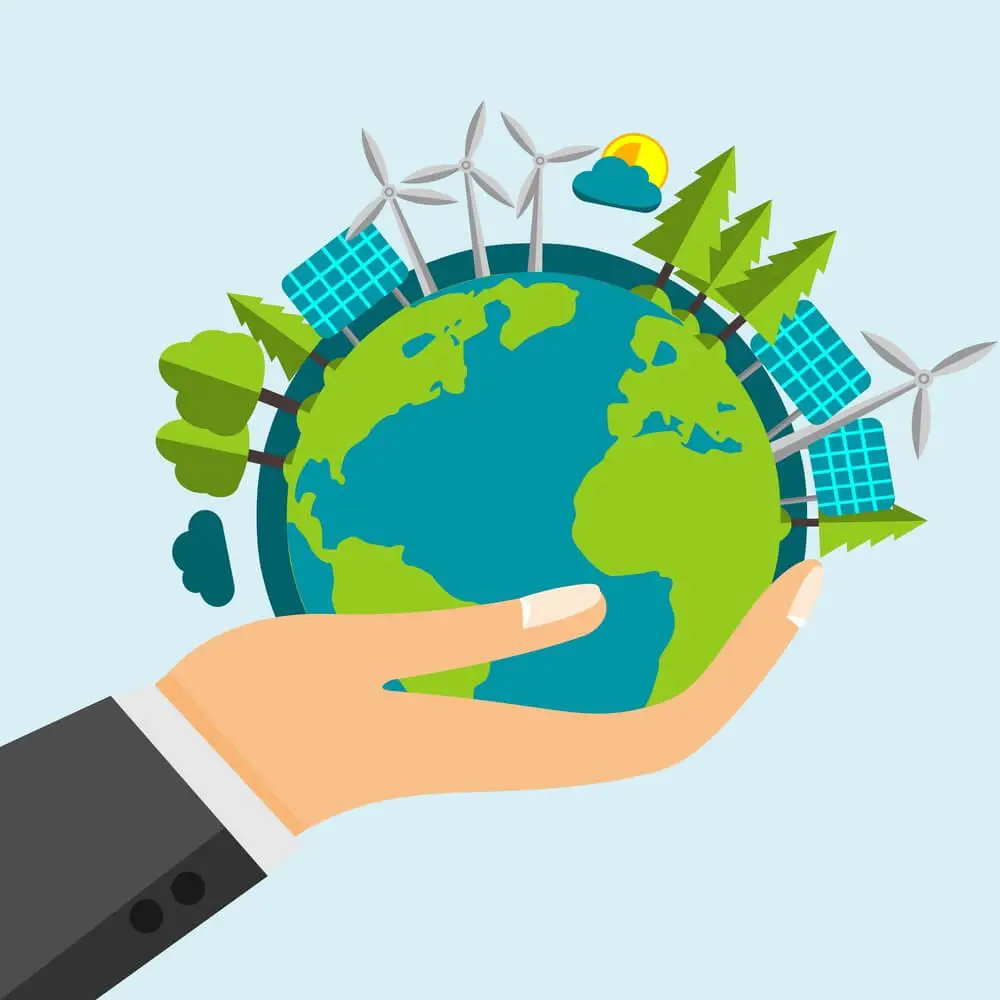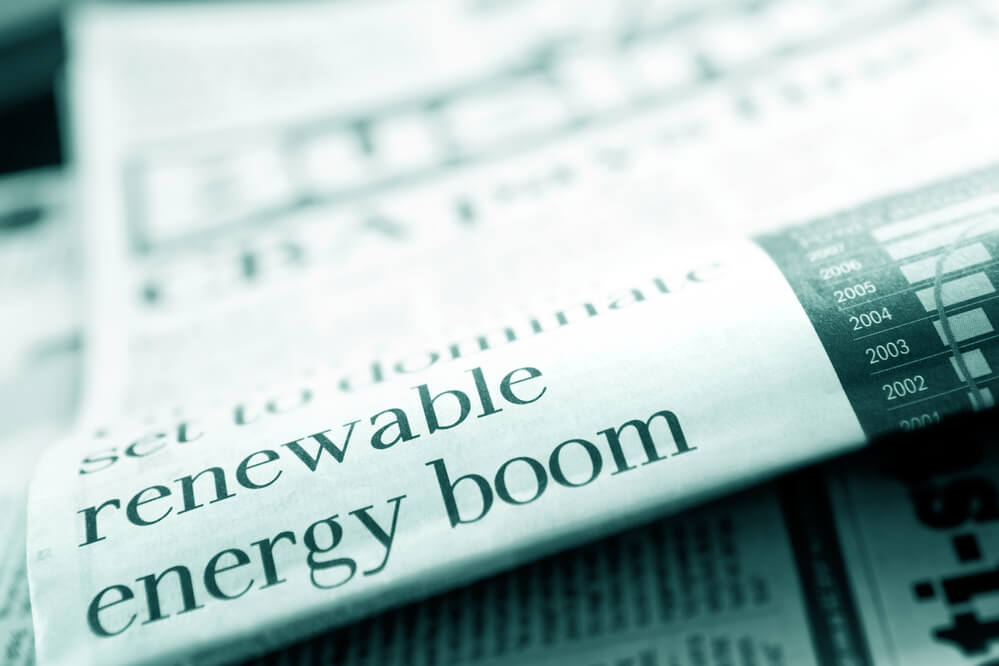When it comes to environmentalism, there are a lot of terms that get tossed around, sometimes interchangeably, although their meanings are quite different.
It is primarily due to a lack of proper education regarding our environment and how our actions affect the world we live in.
However, the good news is that you’ve come to the right place to learn about these terms.
Taking the time to educate yourself on the differences between essential but frequently confused terms like carbon-free and renewable energies is a great first step.
While carbon-free and renewable are not the same things, they do cross paths in some cases.
All renewable energy is carbon-free; however, not all carbon-free energy is renewable.
Keep reading to learn more about what makes these two terms so different!
The information provided here will help you make informed decisions about your use of energy, as well as the sources you get your energy from.
The energy industry is expecting to see a great deal of change in the next 20+ years, and your improved knowledge of energy sources will help you navigate those changes.
What Is Carbon-Free Energy?
The term carbon-free energy is pretty self-explanatory, being that it is simply energy production that does not produce carbon.
As a society, we’ve been working on harnessing carbon-free power for several decades.
As it turns out, carbon-free energy is pretty easy to make.
The main issue that prohibits us from more fully utilizing the potential of carbon-free energy technologies is the lack of ability to store the power for later usage.
In other words, energy storage technology hasn’t entirely caught up yet.
But many companies are working on it, with plans to implement as much carbon-free energy as possible by 2030.
Why Is Carbon-Free Energy Important?
To understand why carbon-free energy is important, you first need to understand how carbon affects the environment around us.
When carbon is released into the air, it becomes a significant contributor to climate change.
Carbon does this by controlling the amount of water vapor that is in our planet’s atmosphere.
In addition to raising temperatures, carbon emissions affect our lives in a number of other negative ways.
The increased water vapor in the atmosphere contributes to the following-
- Respiratory disease in humans and animals
- Extreme weather
- Increase in wildfires
- Disruption of food production or supply
So you see, carbon has the potential to be quite nasty in large quantities.
For these reasons, our society is continuing to research and experiment with other potential energy resource options.
Our overall goal is to all but eliminate carbon-producing energy sources by 2050.
What Are Some Examples Of Carbon-Free Energy Sources?
We get our supply of carbon-free energy from a couple of different sources.
Keep in mind that carbon-free does not necessarily guarantee eco-friendliness, however. The sources of carbon-free energy that we use have their own byproducts, which must be stored appropriately to avoid contamination of our other resources.
Carbon-free energy is obtained from the following sources-
- Large-scale hydroelectric
- Nuclear power plants
- Large-scale wind farms
- Large-scale, monitored solar farms
As mentioned earlier in the article, our biggest problem regarding environmentally friendly energy sources isn’t production.
Instead, it is a lack of storage. Solar and wind technologies, in particular, require new methods of energy storage, such as Zinc.
What Is Renewable Energy?
Renewable energy is the primary goal of all current programs geared towards finding better energy solutions for our future.
For an energy source to be considered renewable, it must be classified as a naturally replenishing resource that produces zero emissions.
Many renewable energy projects also focus on other sustainability factors, including the projects’ effects on the economy.
New environmentalism projects that focus on renewable energy sources and storage are creating thousands of new job positions.
Once completed, these facilities will also need to be manned, creating further additional jobs.
What Are Some Examples of Renewable Energy?
Renewable energy comes from sustainable sources.
Currently, there are six primary renewable energy sources which we use to offset our non-renewable energy use. These sources are-
- Geothermal energy
- Wind farm energy
- Solar farm energy
- Some Hydro energy
- Biomass energy
- Tidal Energy
These forms of renewable energy are gaining in popularity; however, our society still predominantly relies on non-renewable energy sources at this time.
What Non-Renewable Energy Sources Do We Currently Rely On?
Recent generations are heavily focused on finding and effectively implementing renewable energy sources; however, we haven’t always been so environmentally conscientious.
The industrial era saw a massive boom in the use of non-renewable energy use.
As a capitalist society, we’ve since struggled to find a balance between industrial production and environmental responsibility.
Unfortunately, the majority of our power is still being supplied by dirty energy sources that are heavily polluting our environment.
These sources include but are not limited to the following-
- Coal Energy
- Natural Gas Energy
- Oil Energy
- Nuclear Energy
In addition to being non-renewable sources of energy, these energy forms are also considered dirty.
Some nuclear energy plants do qualify as being carbon-free.
However, coal, oil, and natural gas all produce large amounts of greenhouse gases when they are burned for energy.
Not only do these dirty energy sources harm our environment in clearly measurable ways, but they are also running out.
This is another huge contributing factor to governments and businesses working together to find alternative energy sources.
Carbon-free energy and renewable energy both have positive impacts on the current environmental crisis.
However, we still have a long way to go in terms of learning how to replace the current systems in place with these more eco-friendly energy acquisition practices.
Moving forward, specialists in energy management are focusing more on how to store these energies safely and effectively for later use.
Once we have mastered the ability to store the energy of the naturally replenishing elements around us, the transition will be considerably smoother.






